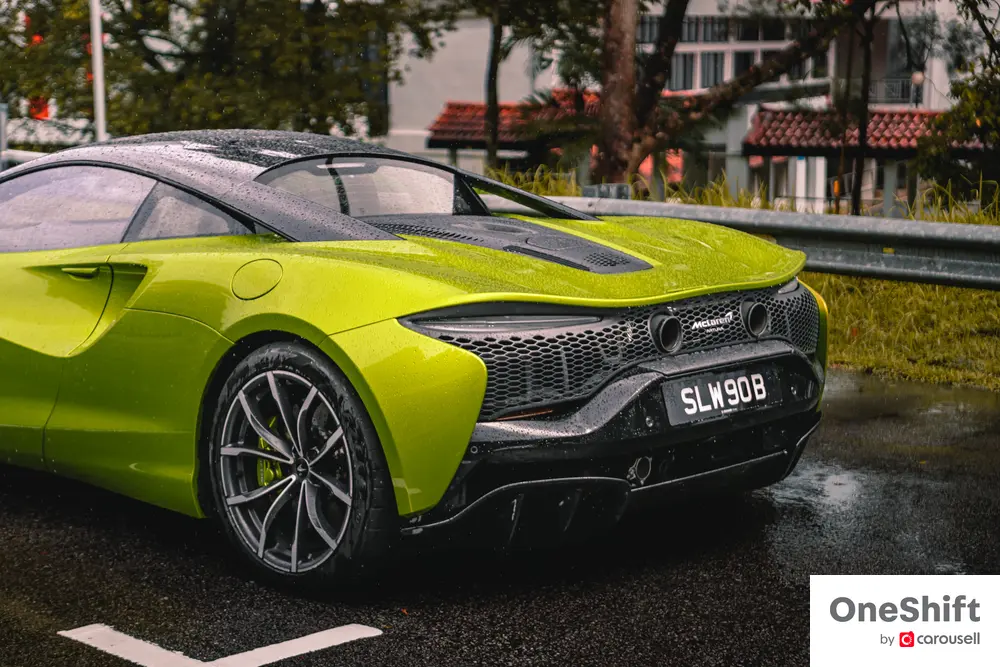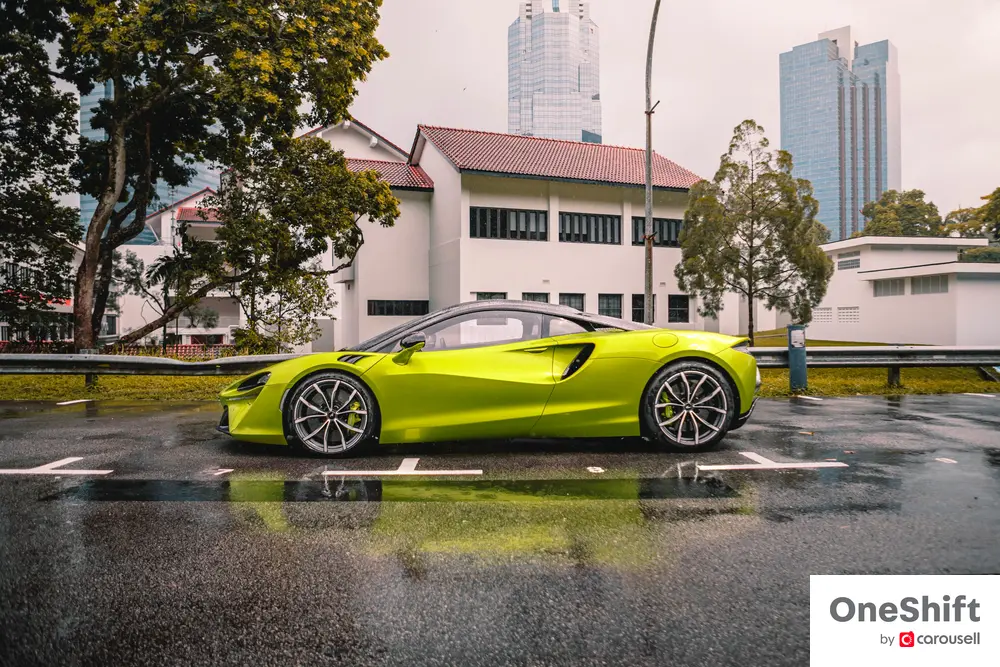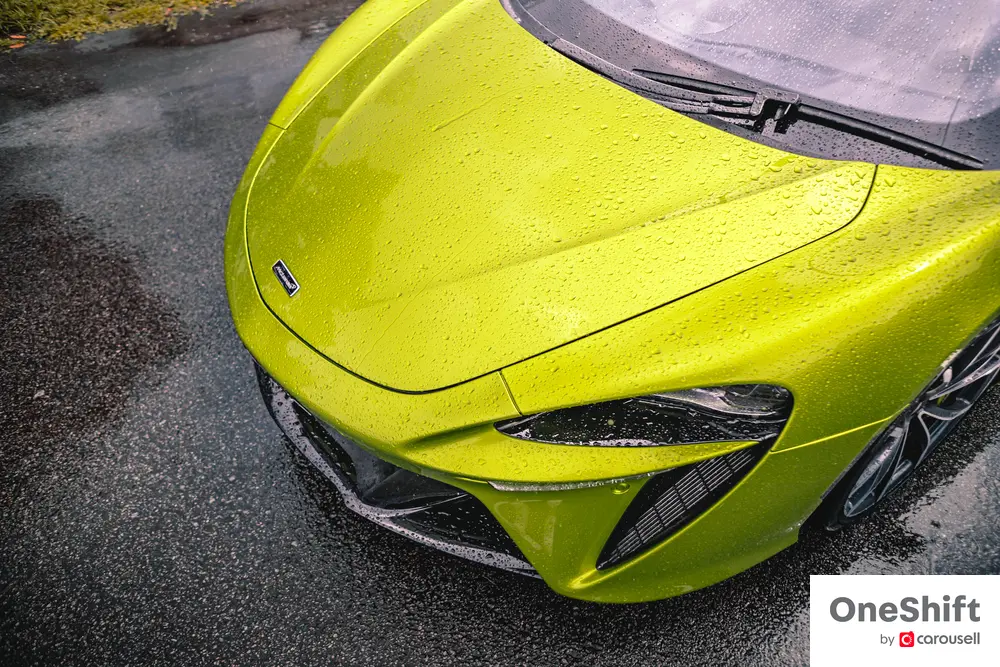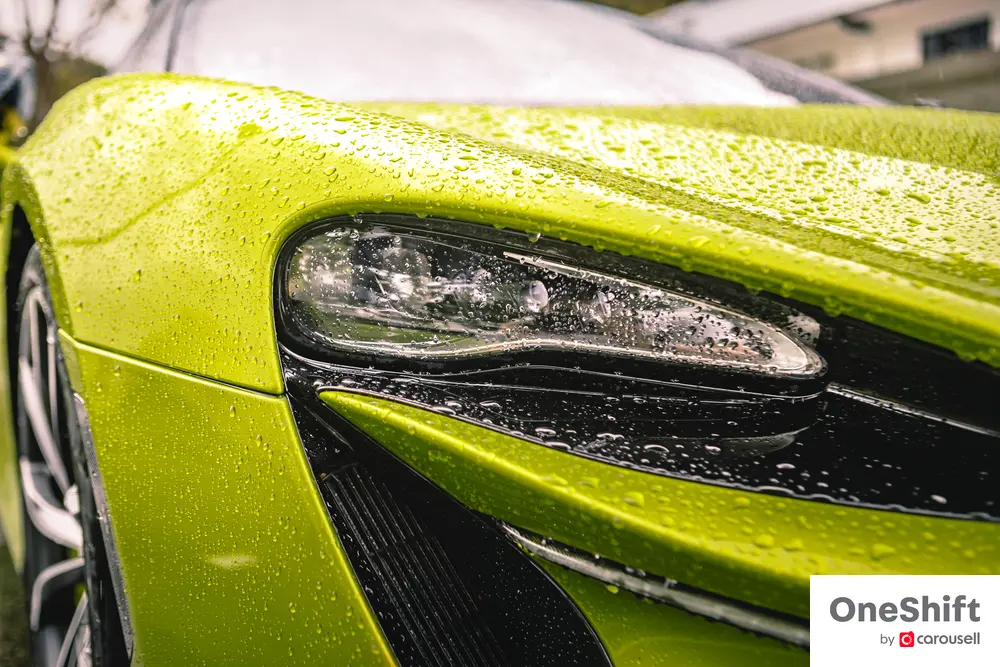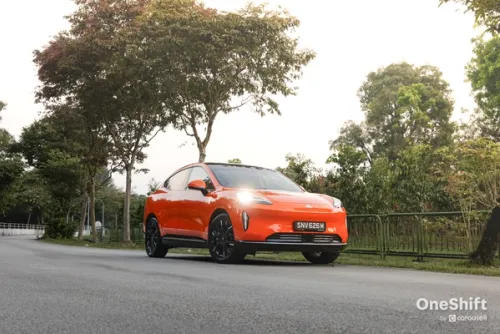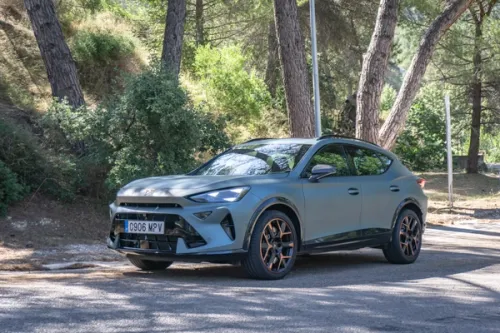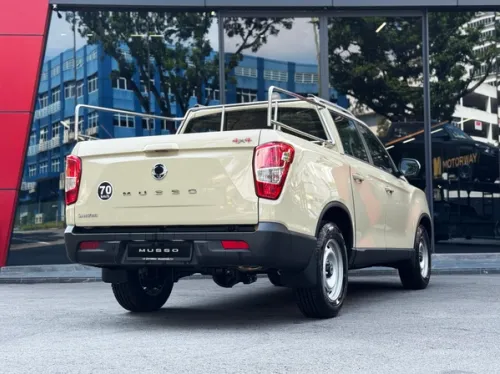McLaren Artura Review: This New Age Hybrid Sports Car Sends Good Vibes
The Artura still feels raw and involving, with seemingly little of the drawbacks of a hybrid.







Apart from the ultra-exclusive McLaren P1, the Artura is the other - and the second - plug-in hybrid from the brand.

The latter is arguably far more important, for it ushers in a new generation of plug-in hybrid supercars built on the all-new McLaren Carbon Lightweight Architecture (MCLA). In McLaren’s reshuffled GT, Supercar and Ultimate line-up, the Artura sits in the Supercar segment together with the current 750S and 765LT. Expect the MCLA to be rolled out to the successors of those models in time to come.
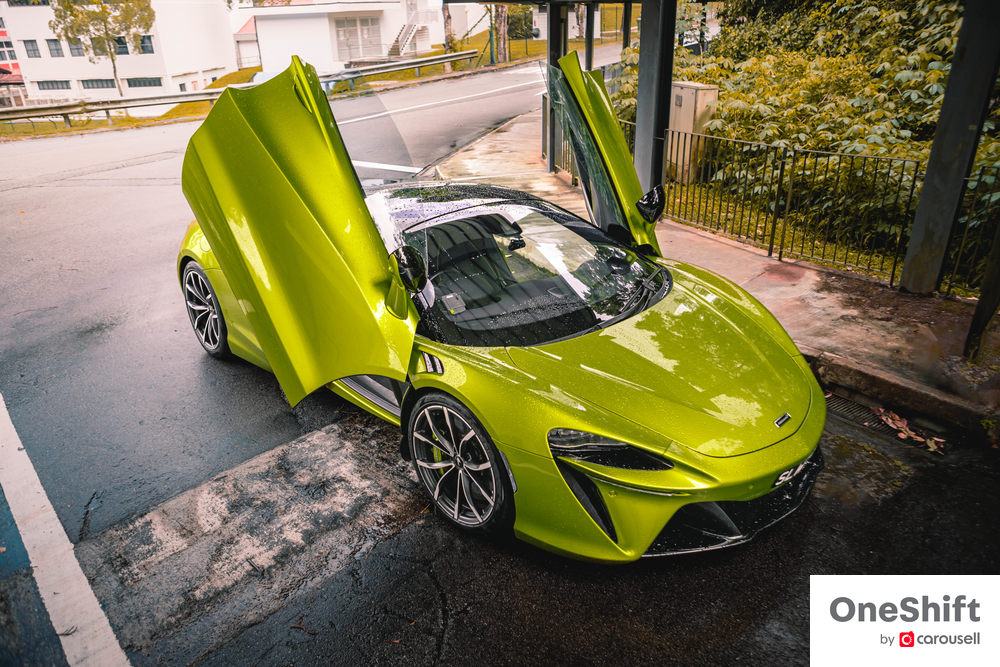
Sporting a brand-new twin-turbocharged 3.0-liter V6 engine, the Artura adopts a distinctly different approach from modern McLarens that have always come with a V8 engine since the pioneering MP4-12C. Paired with an E-motor and 7.4 kWh battery pack, the Artura has a combined output of 671 bhp and 719 Nm. The Artura is able to go on EV power alone for around 18 km.

This opens up whole new use-cases for the supercar. Imagine: it is now entirely feasible to head to the local supermarket for groceries (also thanks to the sizeable frunk) and come back without using even a drop of fuel. Say nothing of creeping out eerily at night to meet the boys for beer. Or how about whisking by a cabby in total silence just to see the driver’s reaction? With McLarens having a solid reputation for being daily driven supercars, having the EV option is a huge boon.

The car even starts off in EV mode so you are encouraged to start off treading gently. First thing one would notice is that the car does not have regenerative braking. This is to preserve the pure brake pedal feel that would otherwise be tainted if it was also asked to recuperate the batteries. In my mind, it is a bit of a waste and an odd sensation to get charge purely from the mains or from the engine.
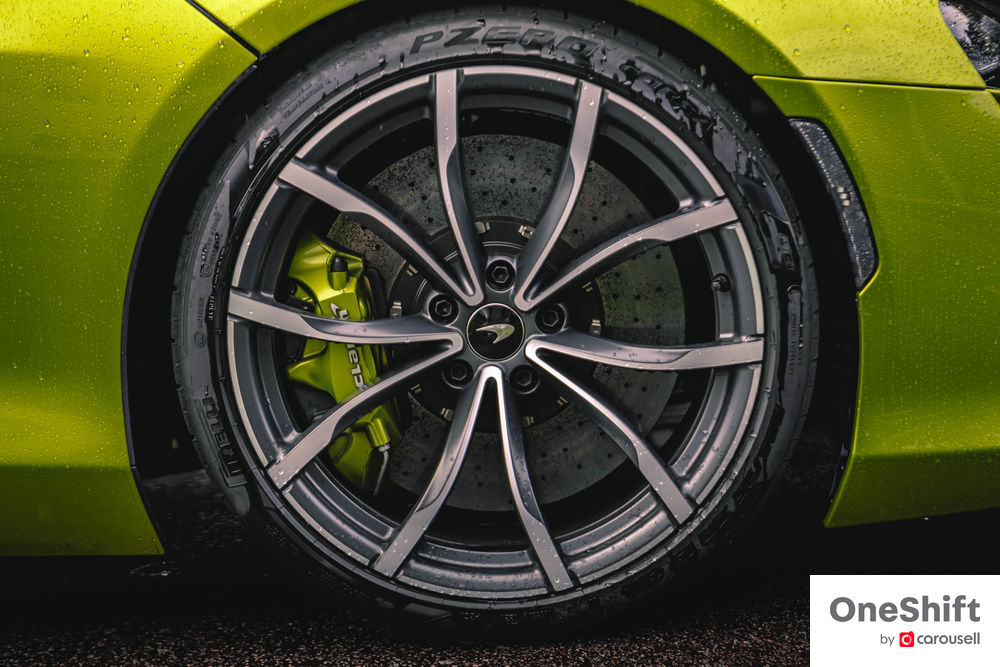
But is it worth all of the hassle? It is true that the brakes feel ‘pure’ - there is not much servo-assistance, so initially you are left wondering where all of the braking power went as the pedal feels a little dead in the initial millimetres of travel. Only with more use do you then learn to tap the vast reserves of braking power available, and believe you me there is more than enough with those carbon ceramic brakes. The accelerator and brake pedals are also set almost parallel to each other, another quirk that takes some adjusting to.
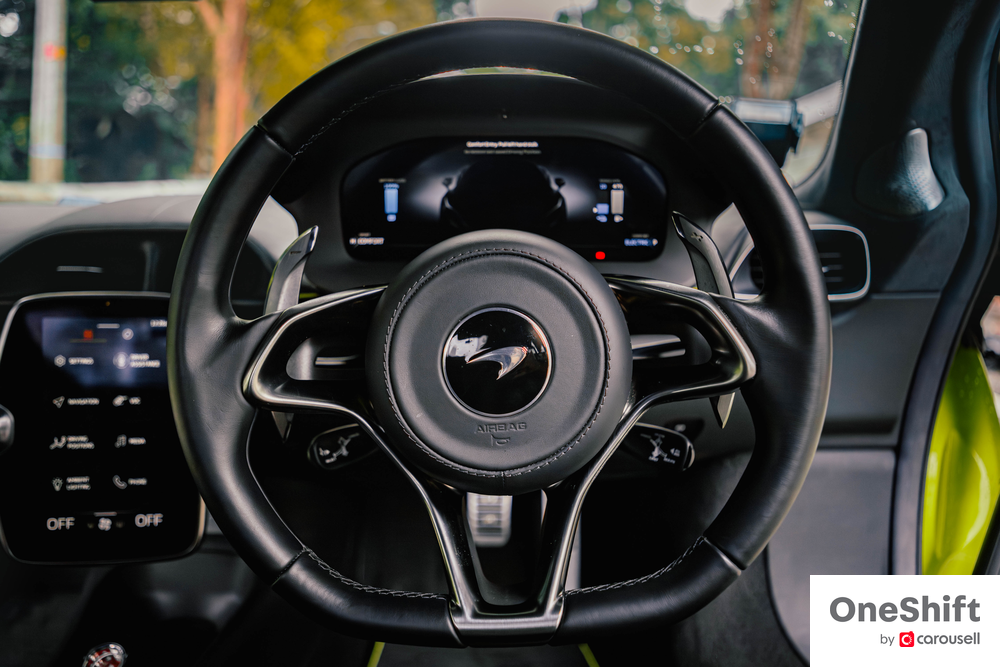
With the first turn of the wheel, the delicious steering feel will delight, confirming that McLaren made the right decision to stick with hydraulically-assisted steering. It’s remarkably unfussed by undulations on the road, giving granular information yet never feeling nervous or sketchy. Also, I heave a sigh of relief seeing a steering wheel finally devoid of any buttons. It’s a far better approach than what we see these days from other automakers, including touch screens integrated to the wheel!

However, get the engine running and really, that’s when the more familiar piece of the McLaren experience starts to fit in. When starting from cold it is ‘primed’ first before being allowed to power the drivetrain, but while waiting it is nice to hear a pleasurable deep roar that is not unlike what we’ve been used to from the McLaren V8s. For a V6, it is surprisingly tuneful.
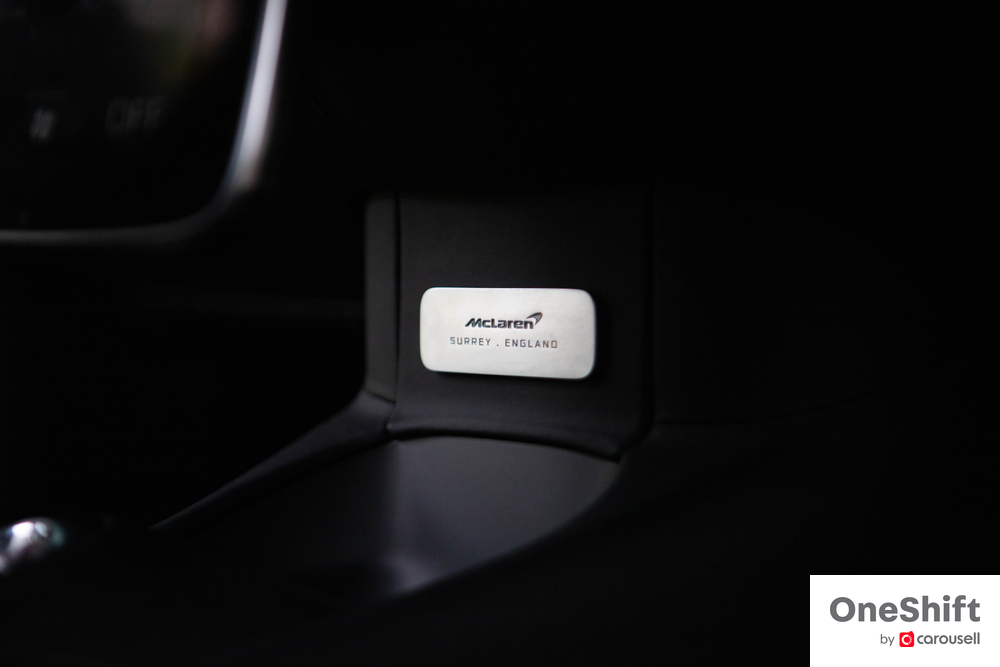
After the engine has warmed up, it hooks up with the eight-speed dual-clutch gearbox and works with the E-motor to give a throttle response as yet unseen in previous pure ICE McLarens. There is more urgency at the low-end now, which makes for a less hectic and more effortless experience.

Yet the top end is ballistic and make no mistake, the Artura is crazy fast. 0-100 km/h is accomplished in 3 seconds flat, while 0-200 km/h is demolished in 8.3 seconds. There is, in fact, a bit too much power for the worn tyres fitted onto the press car, and it was quite common to get the rear to step out every so often at full-bore acceleration runs. These tyres - developed by Pirelli as Cyber Tyres - are microchipped, by the way, to give more precise information.
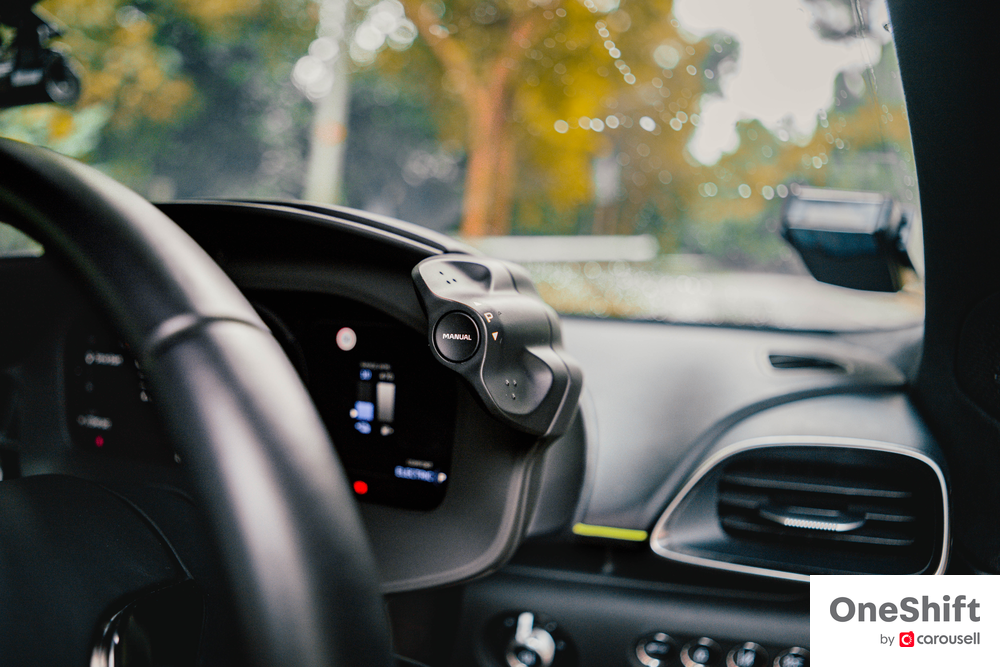
Balding tyres aside, the chassis is more than a match for the potent drivetrain. Powertrain and Handling settings are now managed from rocker switches just above the instrument panel and strategically placed just in front of the steering wheel, exactly where your fingers would land. It is dead simple switching between Comfort, Sport and Track modes. My preference was to keep Handling in Comfort and the Powertrain in Sport. This retained the compliant ride while giving better throttle response. Having the Powertrain in Track was the default way to automatically charge the battery with the engine, although it is also possible to activate this in other modes.
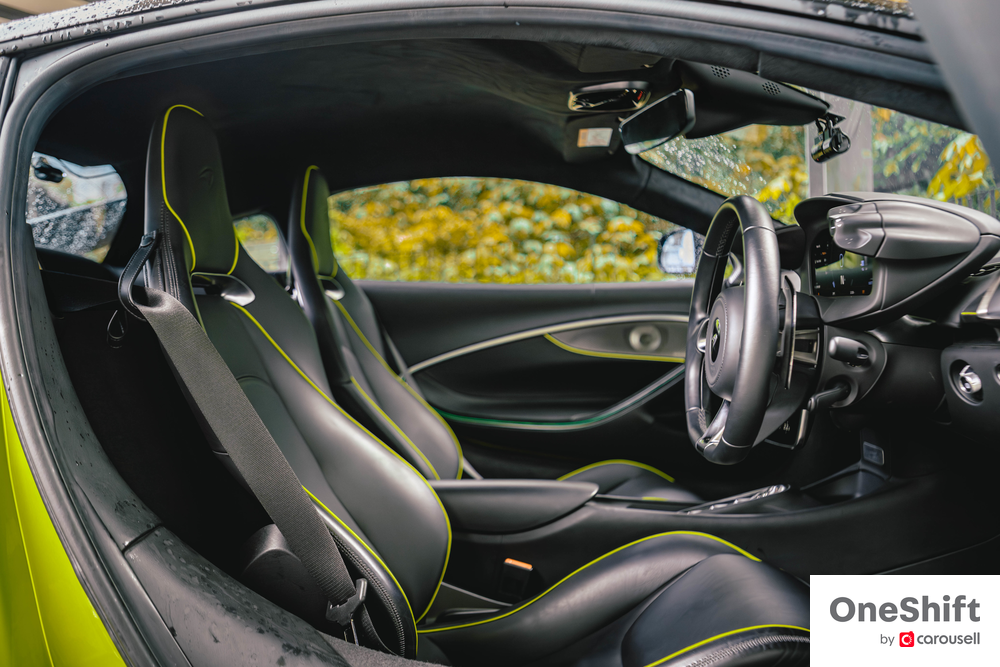
There’s no arguing against the carbon tub. Despite being the same formula we’ve seen for more than a decade now, if one was given a clean sheet to design a supercar, something like a McLaren would probably be the result. There is simply unrivalled body rigidity from the tub, and it helps to make the car feel like ‘one piece’. The result is phenomenal handling without needing a harshly sprung chassis.
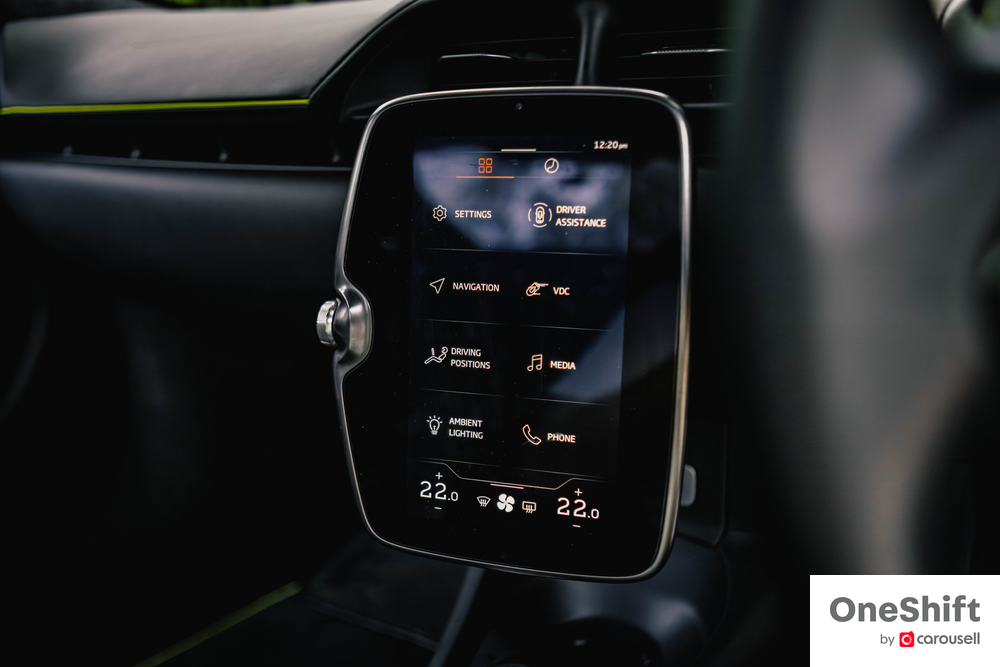
And it seems like McLaren has a far more resolved product in the form of the Artura’s interior now. Build quality is noticeably up a notch, with beautiful materials to the touch all round. The infotainment system is a joy to use now and is integrated with Apple CarPlay, while ergonomics is simply top notch, race-car like while totally sensible for everyday use. I love the dihedral doors too, which is a show-stopper whenever the McLaren goes. It is a shame though that there is no engine cover to open to view the glorious V6.

The Artura is a very promising taste of the future, one that retains the ICE part of the equation rather well. I hadn’t expected to like it, but it gives me hope of a very bright future for a new generation of plug-in supercars.
Photos by New Gen Marketing
---
Selling your car? Whatever the reason, caryousell@carousell, sell your car at the highest price today.








Get the Best Price for your used car
from 500+ dealers in 24 hours

- Convenient and Hassle-Free
- Consumer Protection
Transparent Process
With No Obligation
